One exact algorithm is as this,
Start from leafs and create disjoint graphs (in fact all are K1), in each step find the parent of this leafs, and merge them into new tree, in each step if node x has r known child and degree of node is j such that j = r+1, simply a node which is not in child node of x is parent of current node in this case we say node x is nice, else, there are some child such that related rooted subtree of them not constructed, in this case we say the node x is bad.
So in each step connect nice nodes to their related parent, and it's obvious each step takes sum of {degree of parent nice nodes} also in each step you have at least one nice node (cause you start from leaf), So the algorithm is O(n), and it will be done completely, but for finding node which should be removed, In fact in each step is required to check size of a dijoint list (subtree lists), this can be done in O(1) in construction, Also if the size of list is equal or bigger than n/2, then select related nice node. (in fact find the nice node in minimum list which satisfies this condition).
Obvious thing is that if is possible to divide tree in good way (each part has at most n/2 node) you can done it by this algorithm, but if is not so ( in fact you cant divide it in two or more part of size smaller than n/2) this gives you good approximation for it. Also as you can see there is no assumption in input tree.
note: I don't know is possible to have a tree such that it's impossible to partition it into some parts of size smaller than n/2 by removing one node.
